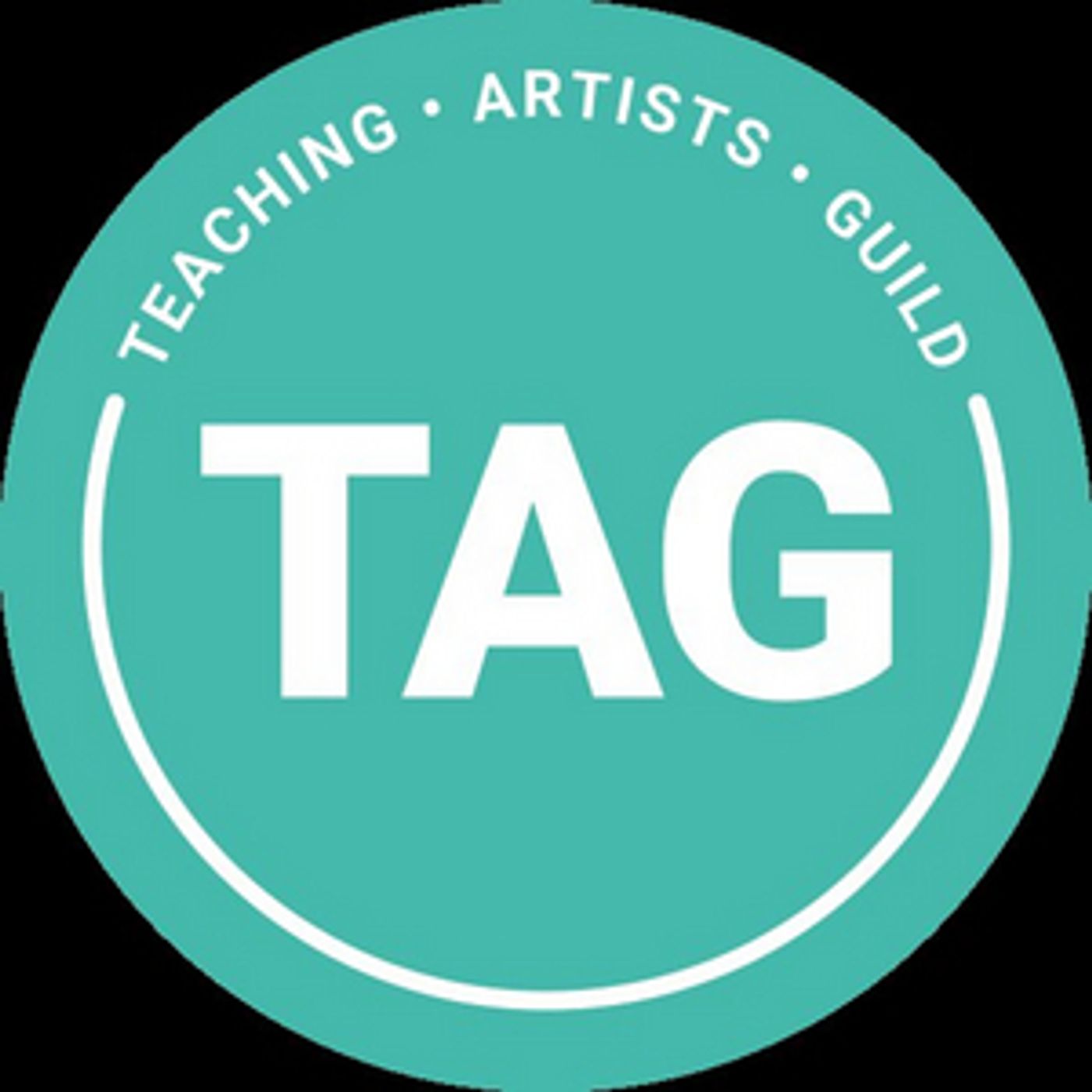Interview: Teaching Artists Guild Brings Forth A New Voice For Teaching Artists
We sat down with Teaching Artists Guild's Co-Executive Director, Katie Rainey, to get insight on all that TAG has to offer current or future teaching artists.

Teaching artistry is practiced all over the world, yet many people are unfamiliar with the details of the job itself. A teaching artist, also known as a practicing artist, spends half of their career path as a working artist, i.e. actors, writers, multi-media artists, dancers, etc., and the other half as an educator.
Teaching Artists Guild (TAG) is an advocacy organization by teaching artists and for teaching artists. Their primary mission is to raise the visibility of teaching artists or artists who teach.
We sat down with TAG's Co-Executive Director, Katie Rainey, to get insight on all that TAG has to offer current or future teaching artists.
.png?format=auto&width=1400)
What does a teaching artist do?
Teaching artists go into a variety of different areas; schools, community centers, libraries, nursing homes, preschools, all kinds of different learning settings. It's not just in the public schools, we are not full-time like classroom teachers. We're often hired by arts education organizations, arts councils in cities, and schools directly; also community centers, nursing homes, and prisons. Teaching artistry is such a flexible career path.
What specifically does TAG offer?
TAG offers ongoing professional development. We are not a direct training program for artists to become teachers. We are like a continuing education organization, so we have a lot of professional development. We are really interested in building a leadership pipeline of training teaching artists to the next step.
We have a couple of different tools, we have resource databases for teaching artists to access different curriculums. We have different places they can go during covid where they can advocate for themselves and their region and find emergency funding.
We also have what's called the TAG asset map, and we are in the process of mapping teaching artists and arts organizations all over the world. We can use the map to get funding for areas that are underserved in terms of arts education, so we can bring more teaching artists and arts organizations to that area.
One of the main things we do is have a pay rate calculator where teaching artists can go and find out what they should be paid for the area they live in and their experience level. We are all about getting teaching artists paid and paid well!
That's amazing! So how do you think teaching artistry is different in the US vs. globally?
So TAG, while we are the national advocacy organization for teaching artists, we are also part of a larger network; the International Teaching Artist Collaborative (ITAC). We're the US hub, so we are working with people all over the world to raise the visibility of teaching artists.
There's definitely different styles of teaching artistry and the way it looks. Even the word teaching artist isn't always used. Sometimes they're called community artists. The way lesson plans are structured and the way teaching artists go into schools are also very different.
There are a lot of similarities too. We are finding more ways with TAG to get teaching artists in the states to meet international teaching artists, which is why we partner with ITAC. We are bridging that ability to share and expand community and get resources from other places and other perspectives.
Why do you think the world needs teaching artists?
I think it is so impactful for students to be able to see a practicing artist in front of their classroom. The social emotional learning that comes with arts education cannot be understated. I have had countless students going through trauma and crisis and worked through that in class.
Children do not learn the same way. So the thing about the arts is they have different access points for all students. A large part of what teaching artists do is what's called arts integration; that is integrating the arts into the curriculum.
The cool thing about teaching artistry is you don't have to have a secondary education degree to do it. If you're someone reading that is interested in being a teaching artist, essentially making money to share your art and to teach kids your art, then teaching artistry is a great path.
Anything else you want to let our readers know about teaching artistry or TAG?
Teaching artistry made me a stronger artist in general because I had to explain why I do things and how I do things. So it helped me learn my craft even more so than I would have otherwise.
Our doors are always open. I am always happy to point artists and teaching artists in different directions, so please reach out.
Teaching Artists Guild is hosting an upcoming conference called Our Shared Future: Imagining a New Landscape for Teaching Artists. The conference is free to the public and all about raising the visibility of teaching artists. Arts organizations, funders, and schools are encouraged to attend in addition to teaching artists. The conference will be held April 5th-7th. Registration for the event opens February 14th. For more information or to register for the event, please click here.
Videos


